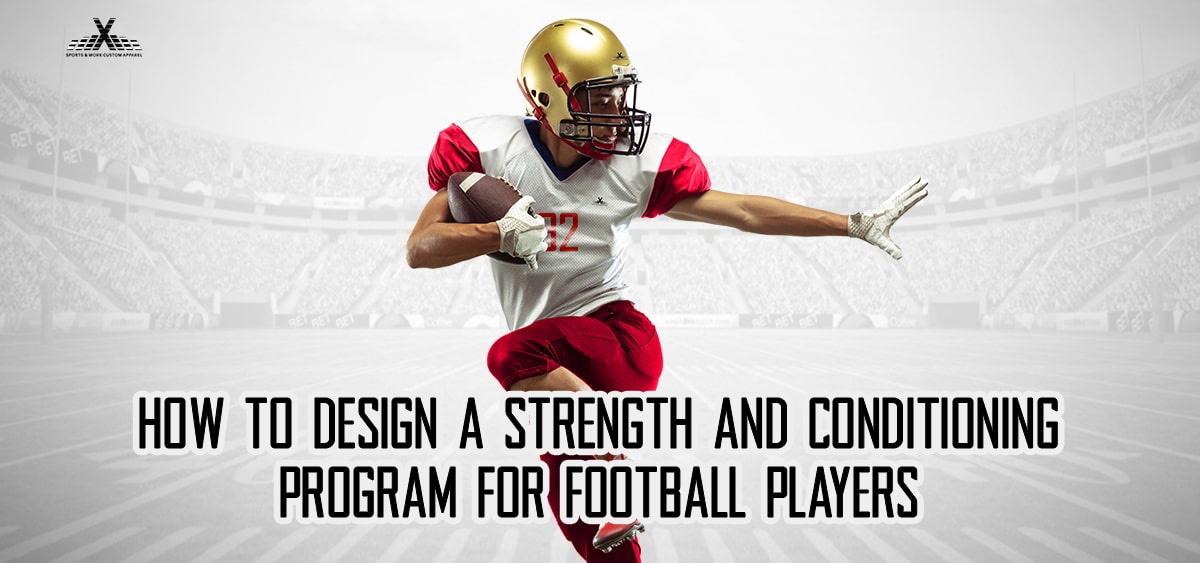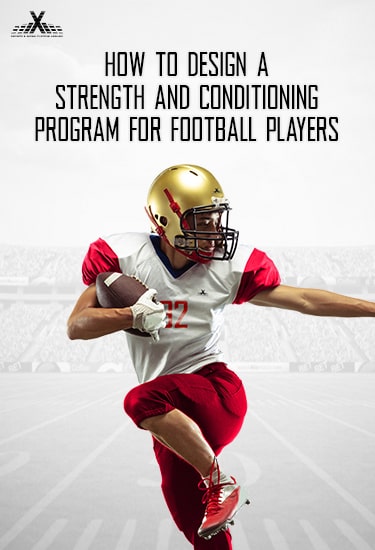How to Design a Strength and Conditioning Program for Football Players
The majority of football players are aware of the value of strength training. After all, developing their size, speed, and strength will benefit them on the field. However, many athletes lack the knowledge necessary to properly practice football. As a result, they either do not do it or put their attention on the wrong things. If you are serious about improving as a football player, you should adhere to a full-body football training program. It will assist you in developing strength and endurance specifically for the game. Football players put in endless hours of practice to enhance their physical performance with their custom football jerseys. They run, jog, jump, hoist kettlebells and free weights, flip tires, push automobiles, and so on.
The benefit of a Strength and conditioning program
Strength training helps in this regard. It increases muscle mass, making you sturdy and solid. You will have more endurance and power to prove yourself in the game. Lifting weights and engaging muscles also improve your overall fitness level. It reduces stress, uplifts your mood, and helps you be at your best. These things, when combined, help you to be mentally strong and resilient. They give you a unique edge on the ground.
Some Strength and Conditioning Programs for Youth Football Athletes
Whatever training approach you employ, you have to understand the sequence of the exercises and training phases in your program. Proper sequencing is critical for a variety of reasons. If you want to be a better football player, you must develop a strength and conditioning program for yourself. You must perform each of your exercises for 40 to 60 seconds depending upon the skill level. You can rest 30 seconds to 2 minutes after your one set is complete and then you can start a new exercise again. Repeat the circuit two to five times, two to three days each week, with a full day of recovery in between each. Here are some of the training programs that you should perform with your custom football jersey for better results.
1. High knee for Legs Strength
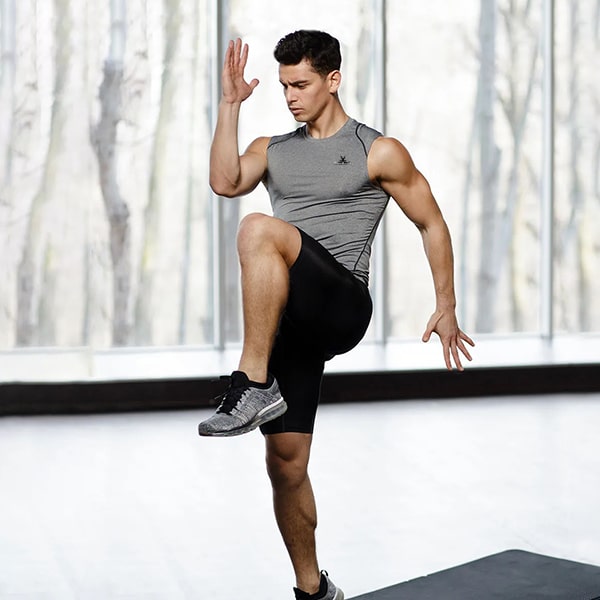
High knees help to increase muscular endurance, balance, and coordination in the quadriceps, hamstrings, and hip flexors. They can also increase your lower body’s power. It not only improves your speed, but it also improves your running form, leg strength, and flexibility. You can do high knees by jogging while standing still and lifting each knee toward your chest. Always swing your arms in the opposite direction as you would when sprinting.
2. Planks
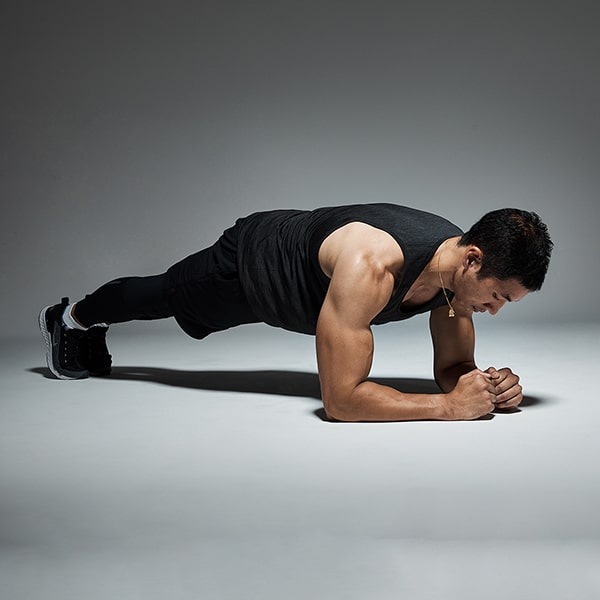
It is one of the most effective exercises for building core strength. It also engages the hamstrings and glutes while improving balance. You can do this exercise on the practice field or at home. To perform planks, you have to follow these steps:
- Put your forearms on the ground and perform a push-up. Tuck your elbows in, directly beneath your shoulders. Toes must be on the ground.
- Squeeze your glutes and contract your abs.
- Maintain a straight neck and spine. Your entire body should be in a straight line.
- Maintain that position for 30 seconds (or however long the kids can do).
3. Mountain Climbers
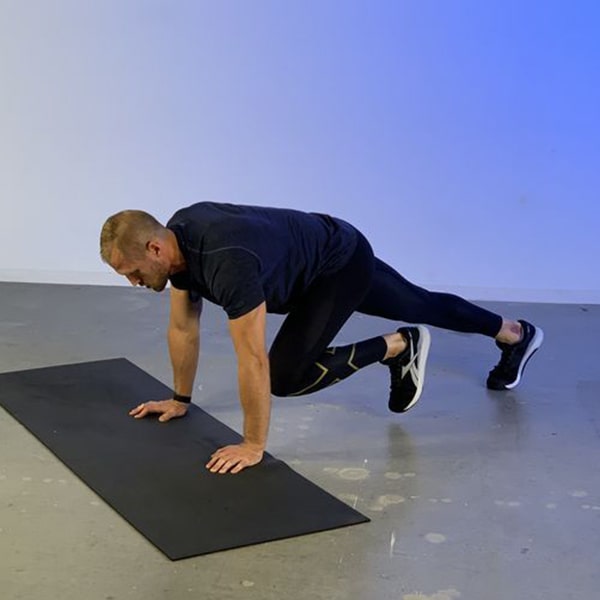
Mountain climbers and speed bands help you develop power in the lower body. Because of this, athletes frequently use them as a warm-up to assist enhance speed. It is the best exercise to get the neuromuscular system ready for the challenging activity that comes next.
You can perform mountain climbers starting with a traditional push-up position, and alternating driving each foot forward towards your hands. You can alter this by raising your hands on a chair until you feel at ease performing on the ground.
4. Push-ups
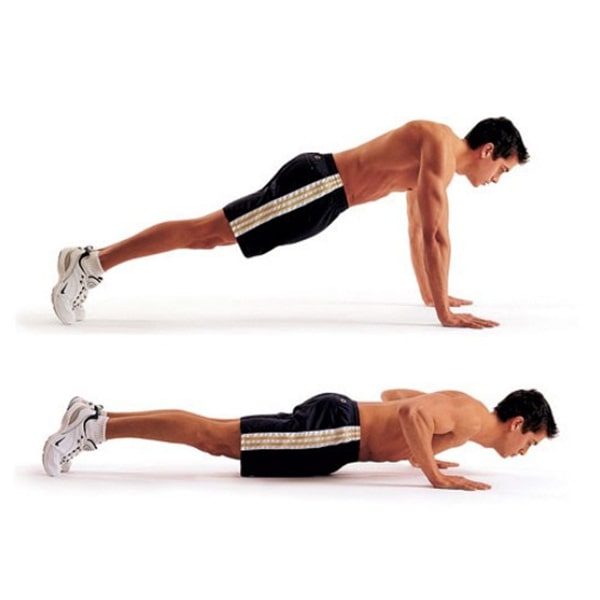
Your ability level can be readily adjusted when performing push-ups. It is a great approach to perform them against a wall, then on a bench or staircase, then on your knees, and lastly in the conventional style. The best total-body exercise is a push-up. Push-ups simultaneously engage your arms, abdomen, and lower body. They help your muscles cooperate and grow stronger. The push-up is one exercise that does not need any special equipment or a gym setting. After returning home, the athlete can complete them in his room! To perform push-ups, you have to follow these steps:
- From the heels to the top of the head, the body should be straight (plank position).
- right below the shoulders, with hands.
- Push yourself back up to the plank posture after touching your chest to the ground.
- In the bottom push-up position, the elbows are close together and practically squeeze the rib cage.
5. Back Squat
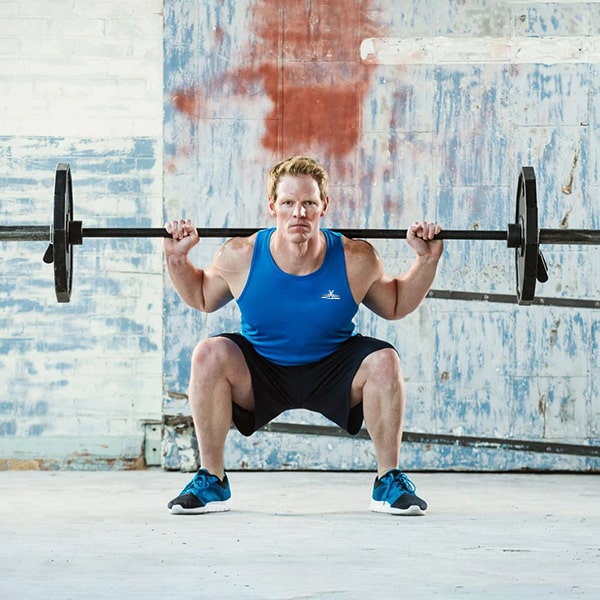
The back squat is the best exercise for developing double leg strength for football. It works the glutes and hamstrings as well as the quadriceps to develop vertical pushing strength. This will aid in enhancing jumping ability on the field. Your legs, core, upper back, and feet all gain strength and power through squats. These strength improvements boost an athlete’s leg drive power and frequency. It enhances footballer speed and ability to run through contact. The back squat is the safe choice to start with. Because the barbell front squat is a more knee-dominating exercise that will focus more on the quads. It demands a lot more technical proficiency.
Frequently Asked Questions
Is Strength and Conditioning good for football?
What is the most used skill in football?
What muscles do you use to train for football?
- Deltoid and Pectoral Muscles.
- Core Muscles.
- Glutes and Hamstrings
- Biceps and Triceps Muscles.
How many days a week should a football player lift weight?
Final Words
Football is a difficult sport that calls for agility, strength, and power on the field. To increase one’s strength and speed, one needs to invest in strength training. This fitness program is specifically based on the ideal selection of workouts needed to develop the ideal footballer’s body. Increasing your strength might take time, so you cannot expect it to happen overnight. If you work hard and stick to it for a long time, you will see the result yourself. So, put on your custom football jersey and start training your body now.

